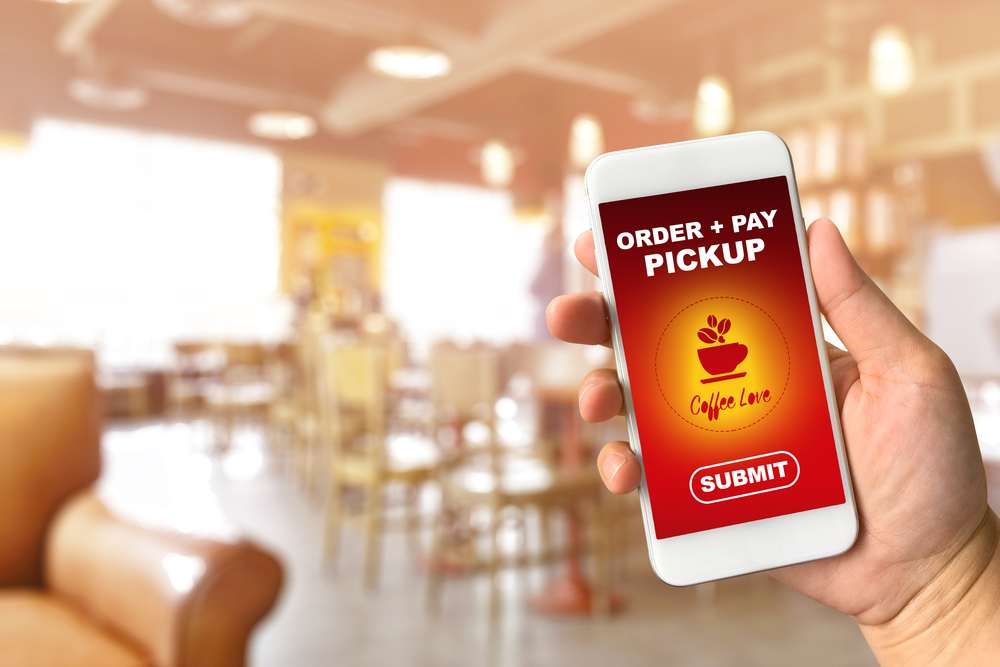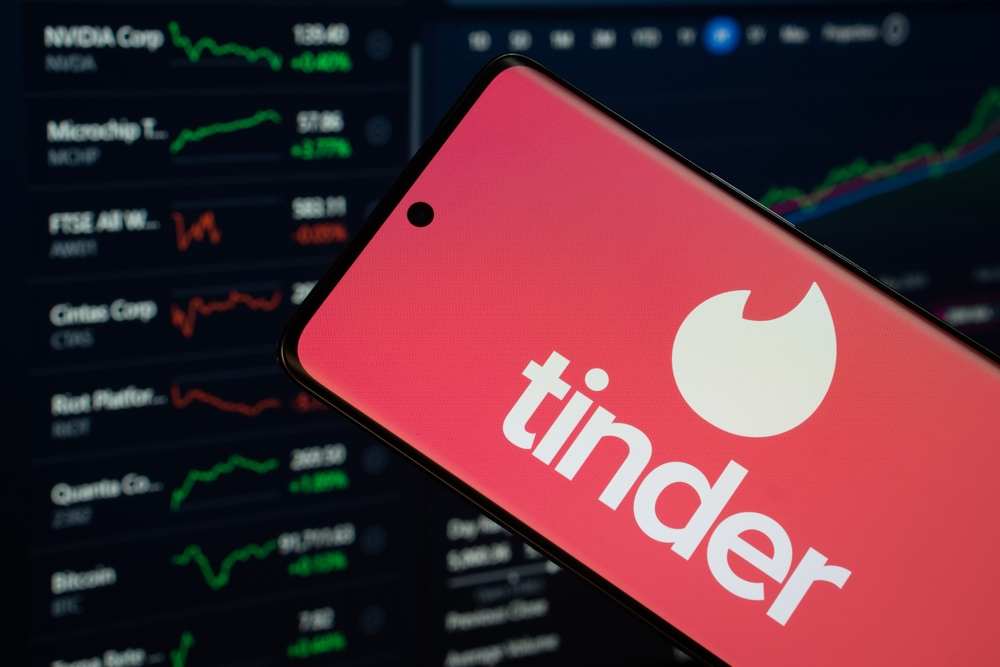There’s more to marketing a kid’s app than throwing money into advertising. The top kid apps actually sneak marketing straight into the product itself and it lingers from onboarding to months after the app is deleted. How do they do it?
Jingles
If you were around children during Frozen’s “Let it Go” era, you know how powerful and annoyingly repetitive bits of music can be. Marketers utilize it in traditional advertising every day. Think of the 1-877-KARS-4-KIDS radio spot, Subway’s five dollar footlong commercials or the “Nationwide is on your side” tune.
Pou, Angry Birds, and Bakery Story are other great examples to look at on the mobile level.
Catchy music and jingles can stick with almost anyone ー especially children. Research even shows that music:
- Nourishes the brain while affecting all areas of early-stage development.
- Strengthens children’s listening, motor skills, language, problem-solving, spatial-temporal performance and literacy.
- Helps children learn by promoting memory.
- Supports children’s need to socialize and play, instead of “pre-academic” skills.
The Psychology Behind Catchy Music
Why is it so easy to memorize these jingles and why do they stick? Repetition, associative thinking, rhyme and pattern play key parts.
Humans are wired to memorize information by repetition, which is arguably the most important element of a “sticky jingle.” If your niece likes a new viral hit she came across on YouTube, odds are she’s going to have it on repeat.
Not to mention, all of these jingles are played in Major keys, meaning it’s going to have a positive effect on kids emotions and creativity. Which indirectly gives children the permission/want to memorize lyrics. Memorizing catchy song lyrics is an unconscious, dopamine-releasing habit more than anything.
An Edutopia blog post dives into what makes music appealing and its effect on children’s memories:
“Music is an effective, almost magical medium for learning and retaining information. It activates three different centers of the brain at the same time: language, hearing, and rhythmic motor control. By inducing emotions, it also creates a heightened condition of awareness and mental acuity.
Words paired with music are far easier to retain. As an example, most of us can remember the words and meanings of songs we haven’t heard for years. Isn’t it interesting how you still remember your ABCs?”
Dumb Ways to Die
Dumb Ways to Die initially started out as an Australian PSA campaign intended to promote rail safety. The campaign’s video eventually went viral, and in 2013, it was repurposed as a gaming app.

The gameplay goes along nicely with the campaign theme. Players need to avoid deadly activities like removing toast with a fork and harassing grizzly bears with sticks, but in a cute way. It highlights the dangers of common and not so common sticky situations, and it’s easy for anyone to get the point 一 avoid these things and stay alive.
The ultimate goal of the game is to rack up as many points as you can by dodging death, which seems like an average kid’s game. Except no one plays “Dumb Ways to Die” just for the gameplay. Kids are there for the music and adorable graphics second.
If you search for “Dumb Ways to Die” homemade videos, you’ll come across children reciting the entire song from memory ー along with “Dancing With the Stars” worthy moves. It’s every marketer’s word of mouth dream.
Parting Thoughts
If music is proven to stick, why isn’t it utilized within kids apps more often? Hiring a musician just might be more affordable and ROI-positive than Snapchat advertising.





